10 Rare Wild Dogs You’ve Probably Never Heard Of

Some wild dogs survive by being ghosts. They thrive far from cameras, biologists, or headlines—adapted to niches most people never see. These ten canids are barely understood, increasingly threatened, and, in many cases, hanging by a thread. Conservationists are racing to document them before they disappear entirely.
Ethiopian Wolf
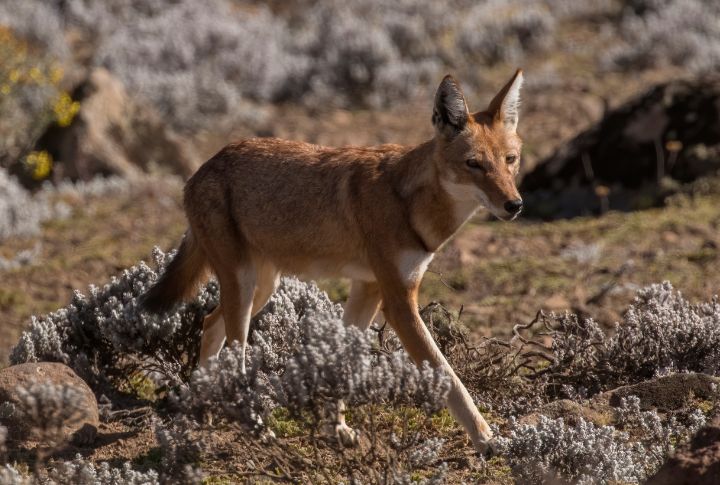
The world’s rarest canid lives above 10,000 feet in Ethiopia’s Bale Mountains. It hunts rodents by day in open alpine meadows, avoiding wooded cover altogether. With fewer than 500 individuals remaining, it faces collapse from habitat encroachment and disease spread by free-ranging domestic dogs that often outnumber the wolves themselves.
New Guinea Singing Dog
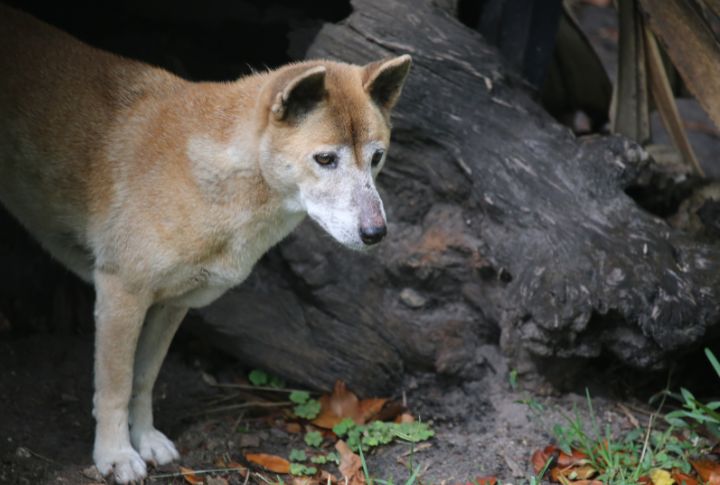
Famous for their harmonic, yodel-like calls, Singing Dogs were presumed extinct in the wild for decades. Then, in 2016, researchers confirmed their survival in the remote highlands of Papua. Agile climbers and genetically linked to early domesticated dogs, they offer a glimpse into ancient canine evolution—and remain vanishingly hard to find.
Short-eared Dog
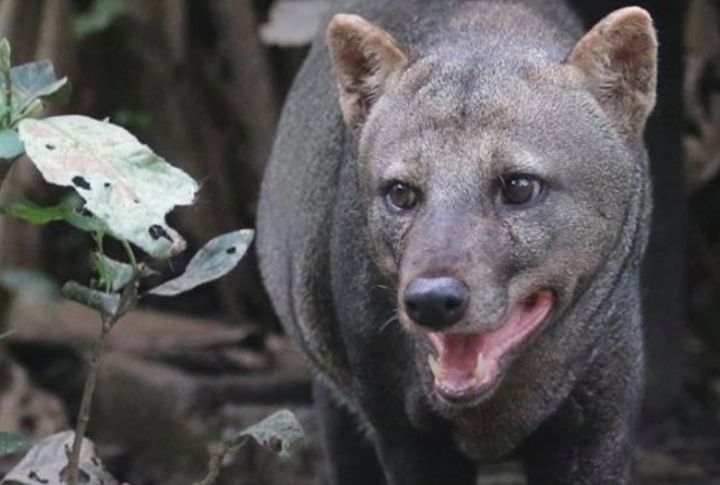
Spending nearly its entire life deep within the Amazon rainforest, this shy species rarely crosses a human path. With webbed feet, soft fur, and a mixed diet that includes fruit, the Short-eared Dog seems more adapted to stealth than confrontation. Even experienced researchers go years without spotting one in person.
Darwin’s Fox

Found in only two parts of southern Chile—Chiloé Island and the Valdivian coastal forests—this compact, dark-furred fox avoids open areas. It’s most active at dawn and dusk and rarely tolerates proximity to roads or towns. Habitat loss and domestic dogs are its two biggest threats, both of which are accelerating.
Bush Dog
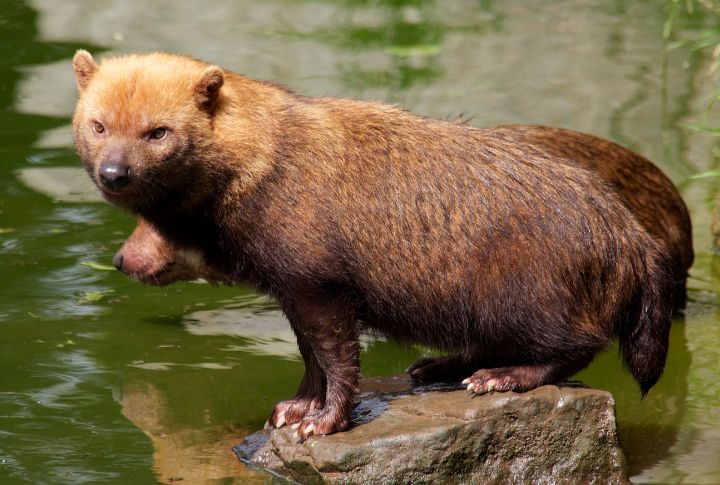
Despite a range that stretches across two continents, Bush Dogs are practically invisible. They favor waterlogged forests, hunt cooperatively, and leave behind only muddy paw prints and high-pitched vocal traces. Their low-slung build and soft coats give them a juvenile appearance, but they’re skilled predators with tightly bonded pack structures.
Hoary Fox
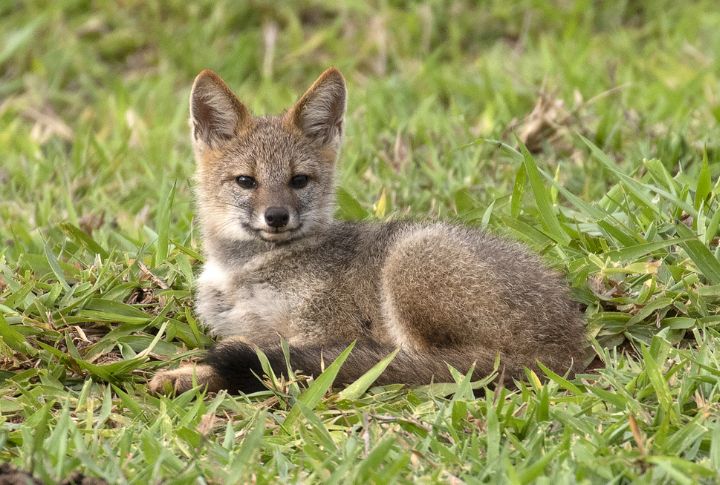
In Brazil’s cerrado grasslands, the Hoary Fox slips between termite mounds under the cover of darkness. It feeds almost entirely on insects, especially termites and beetles. Unlike more generalist foxes, it stays away from forests and urban margins, preferring the quiet monotony of open scrubland where few researchers follow.
Sechuran Fox
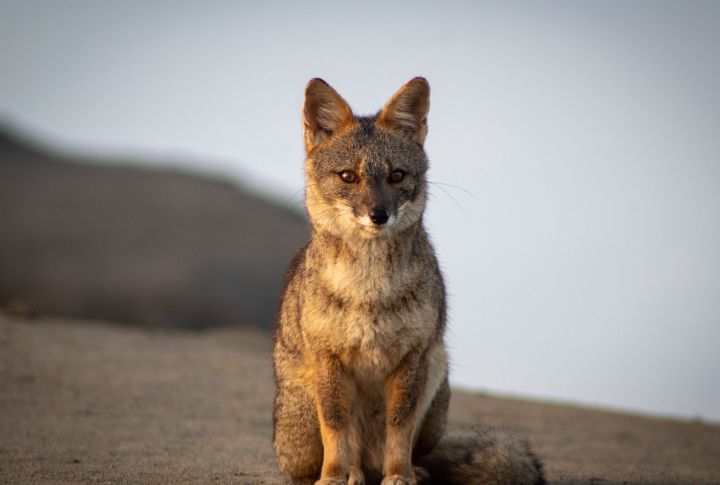
Living in the bone-dry deserts of coastal Peru and Ecuador, this fox survives on very little. Its diet shifts with seasonal availability: scavenged carrion, cactus fruit, and insects. To avoid scorching heat, it dens during the day and forages at night, leaving little evidence behind except faint tracks on sand.
Zorro of the Andes
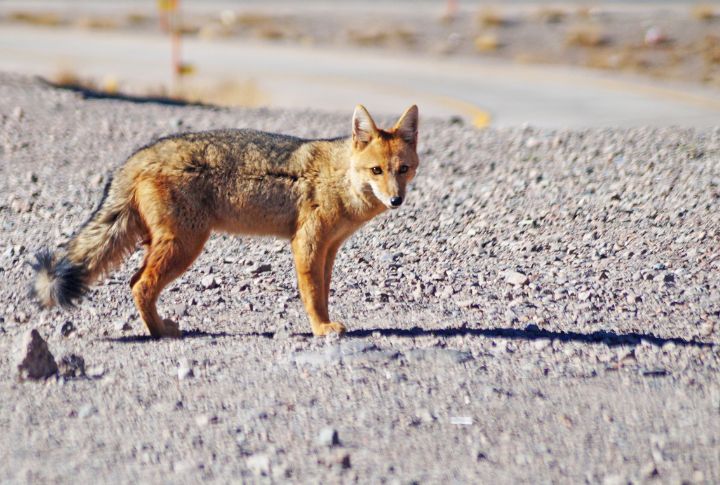
A little-known subspecies of Culpeo fox, this animal occupies remote montane scrub in Argentina’s Córdoba region. It differs slightly in size and build but hasn’t been studied in depth since its identification. Local land-use changes, especially grazing and predator removal campaigns, pose serious risks for such a narrowly distributed population.
Dhole (Indian Wild Dog)
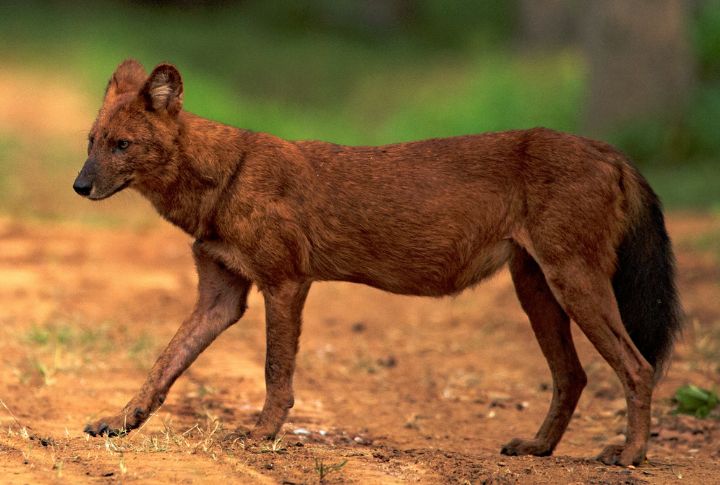
With sharp whistles and tight pack coordination, dholes hunt with military precision across shrinking forests of Asia. They chase deer through dense terrain and rarely stray near villages. Habitat fragmentation and human-wildlife conflict have erased them from most of their former range. Some regional subspecies haven’t been confirmed in decades.
African Wild Dog
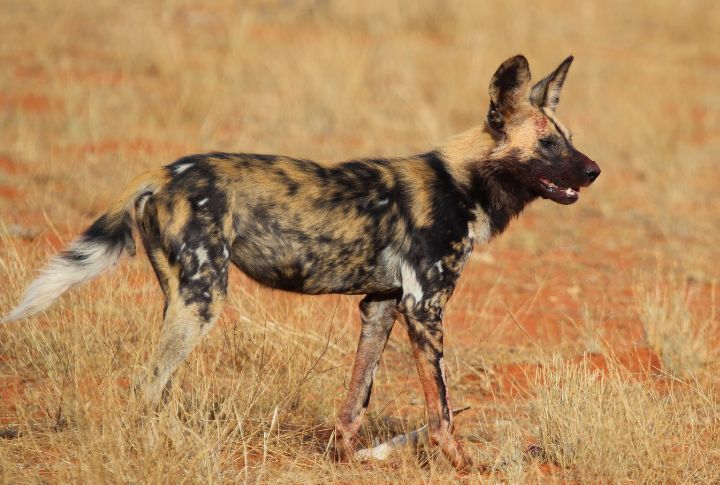
Known for cooperative hunting and intricate social dynamics, African wild dogs are already rare—but the West African subspecies, Lycaon pictus manguensis, is in critical danger. Once widespread from Senegal to Niger, it now survives in scattered fragments. Poaching, habitat loss, and disease have pushed it to the brink of extinction.





